When Europeans first landed in the New World in 1492, they brought more than ships and cows. They carried with them a variety of diseases including measles, flu and smallpox which decimated the populations of the Americas in vastly greater numbers than were slaughtered by the small number of European troops that accompanied Columbus.

Within twenty years, the Taino people who had welcomed Columbus to their island home of Hispaniola with friendship and assistance had become all but extinct following a smallpox epidemic with an estimated 90% mortality rate. All across the Americas, the story was repeated such that it is estimated that smallpox killed between 25 and 55 million Native Americans by the end of the 16th century.
In Europe, at the end of the 18th century, an estimated 400,000 persons died annually from smallpox, including Louis XV of France and four other reigning monarchs, and survivors accounted for one third of all cases of blindness. On into the 19th century, the American Civil War is famous for many things, maybe most notably for the freeing of American slaves. What is less well known is that a smallpox epidemic following the war took the lives of at least one quarter of the newly emancipated slaves. And in the 20th century, it is estimated that smallpox killed up to 500 million people. The enormity of that figure becomes evident when I consider that within my lifetime the world population was about 2.5 billion.
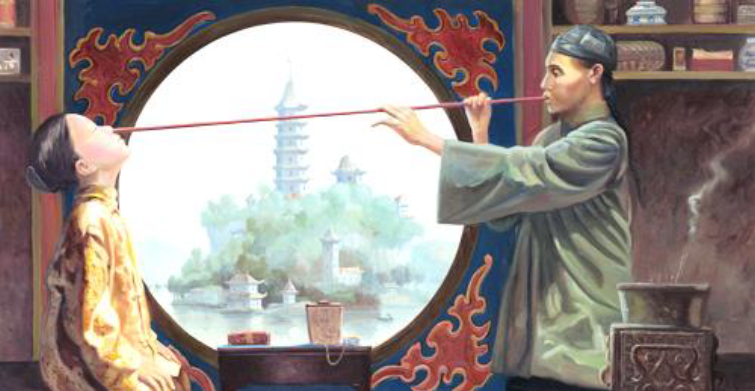
In all the possibly 12 millennia of human affliction from the scourge of smallpox, human medicine has never been able to find a cure. But what it did find was a means of preventing the virus from spreading. Legend has it that the practice of ‘variolation’ (blowing powdered smallpox material, e.g. scabs, up the nostrils) had its origins in a Taoist community at Mount O-Mei in south-west Szechuan, China, as early as around 1000 CE. By the eighteenth century, variolation had spread to India, the Turkish Ottoman Empire and Africa. In 1717, Lady Mary Wortley Montagu, the wife of the British ambassador to the Ottoman Empire, learned about variolation in Constantinople and introduced it to Britain where members of the royal family were inoculated. Around the same time, it was first tried in America during a smallpox epidemic in Boston in 1721:

It is a salutary observation that three hundred years ago, a fatality rate of 2.5% was considered a scientific breakthrough and an acceptable risk to prevent a far deadlier death toll, whereas today we are deterred from vaccination by reports of blood clotting disorders of the order of 0.0002% in vaccinated populations.
Although the ancient Chinese also probably developed the practice of attenuation where a virus is made less lethal but still evokes an immune response, so making vaccination safer, it was the English physician Edward Jenner who made the next great breakthrough. In 1796, he observed that human vaccination with the comparatively harmless cowpox virus also promoted immunity to smallpox, and hence the word ‘vaccine’ – from the Latin ‘vacca’ for cow – was born.
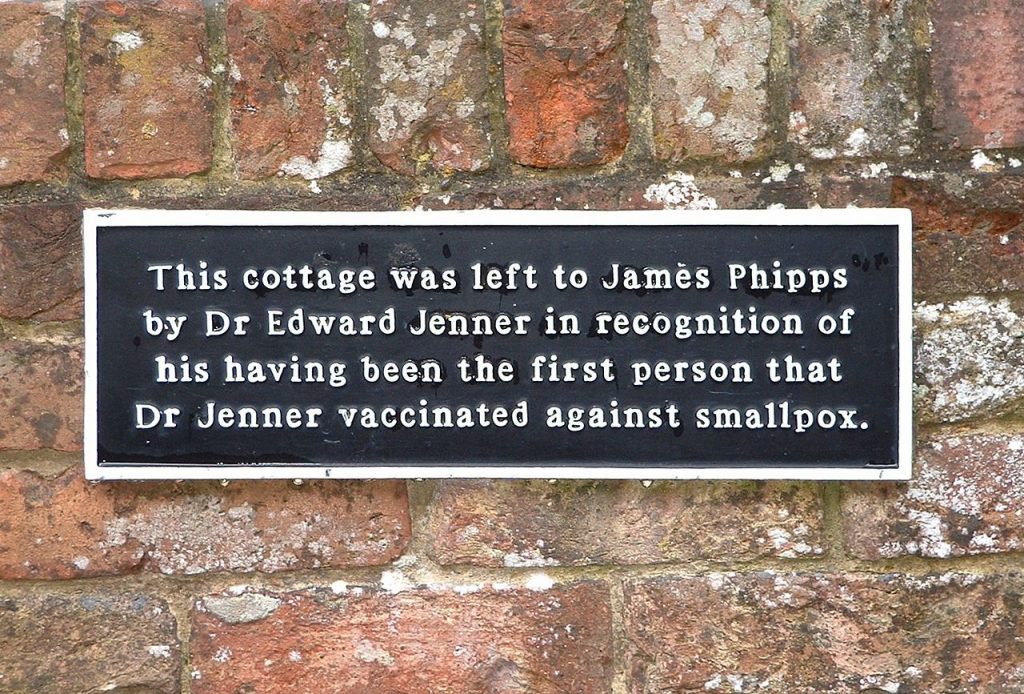
And let us not forget our debt of gratitude to eight-year-old James Phipps, the son of Jenner’s gardener, who was inoculated with pus from a cowpox wound on the hand of milkmaid Sarah Nelmes, developed symptoms, recovered and was then deliberately exposed to smallpox, a process allegedly repeated annually for 20 years. I suspect all without ‘informed consent’!….
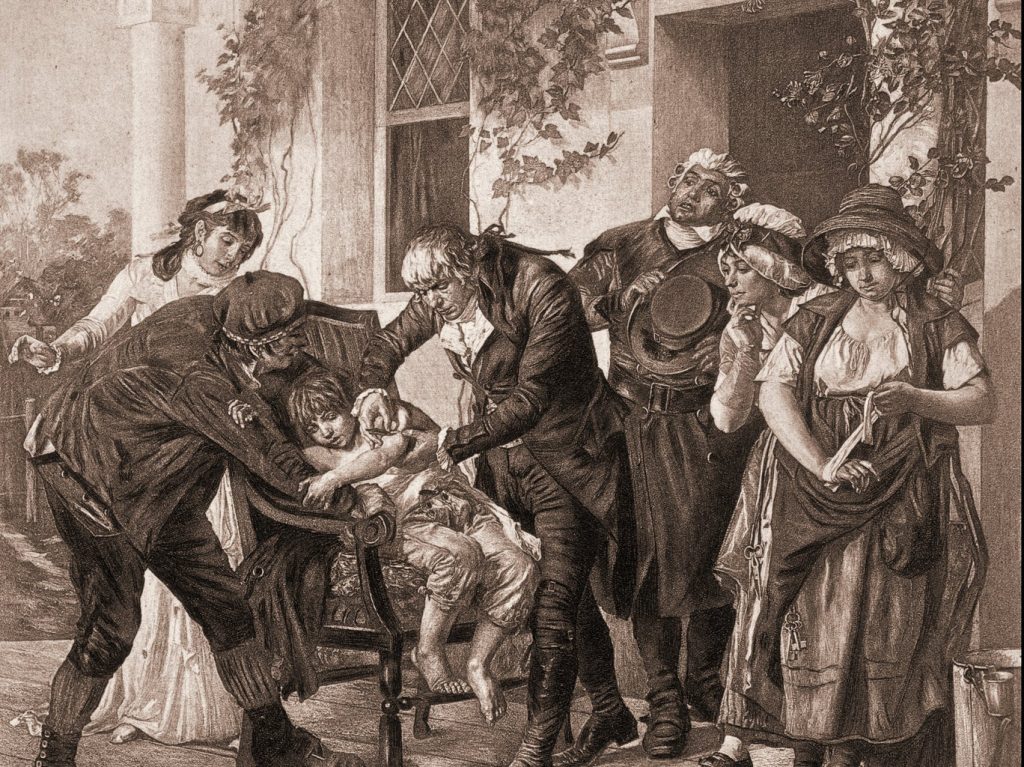

In 1967 the world Health Organisation initiated a global programme of eradication of smallpox at a time when it was still endemic in Brazil, Africa and Southern Asia with an estimated 10 to 15 million cases a year and two million deaths. Ten years later, after mass information and vaccination programmes and application of 465 million doses of the vaccine in 27 countries at a cost of $100 million, the last reported naturally occurring patient, Ali Maow Maalin, was located in Somalia in October 1977. He developed smallpox and survived. In 1980 the 33rd World Health Assembly declared smallpox eradicated.
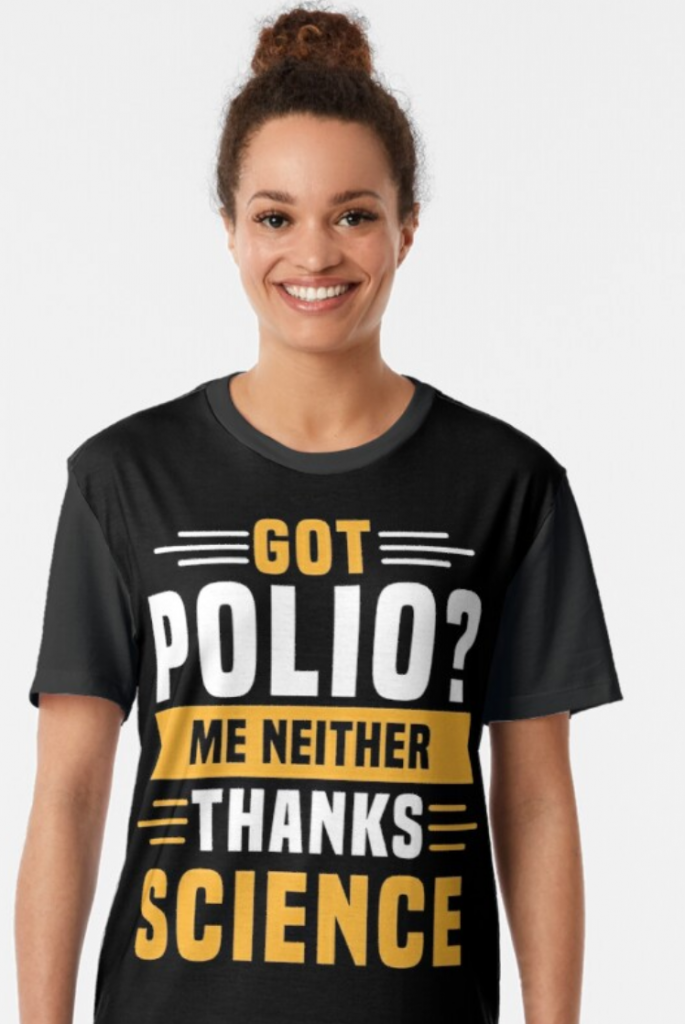
This story is not a work of fiction. This is what vaccination has actually achieved. And although smallpox is unique in that it has been eradicated, the story is not completely exceptional. Since the Polio Eradication Initiative was founded in 1988, polio infections worldwide have fallen by 99% leaving only remote areas of Nigeria, Afghanistan and Pakistan still affected.
As a 12 year old, I well recall catching measles from my younger sister (have I ever truly forgiven her?) and feeling pretty rough. In societies which had not been exposed to the virus, measles can be devastating. In 1875, HMS Dido brought measles to Fiji, killing 20,000 people, around one-third of the island’s population. And prior to the development of a vaccine in 1963, it is estimated 3 to 4 million people in the United States were infected each year, around 48,000 were hospitalized, 1,000 suffered encephalitis and 400 to 500 people died. Thirty-seven years after the first vaccines, in 2000, the USA declared zero cases and that measles has been eliminated as a disease.
And yet… and yet
In 2019, 1,282 cases of measles were reported in the USA, the greatest number since 1992. In the early outbreaks, 71% were in unvaccinated patients. Globally, more than 207,000 people died from measles in 2019 as the number of cases reached a 23-year high. Although it is estimated that measles vaccination has prevented over 25 million deaths globally since 2000, the fundamental cause of this resurgence of an entirely preventable disease ia a failure to vaccinate.
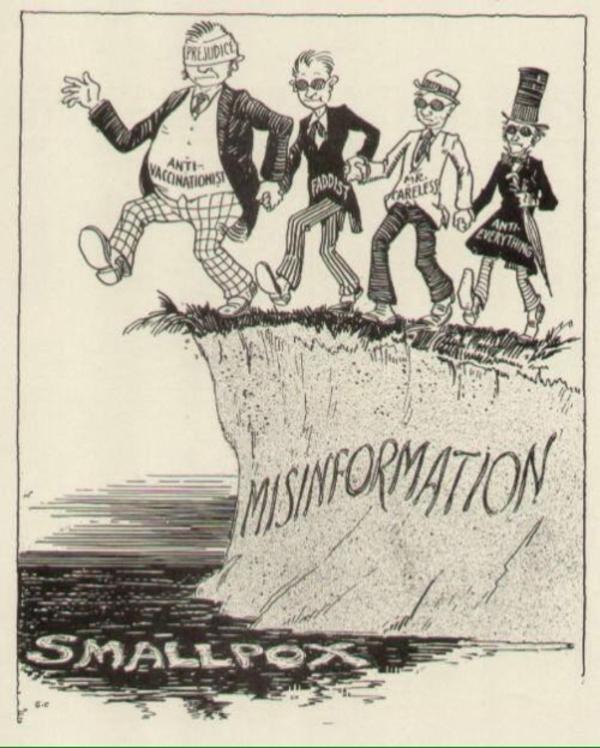
Which leads to the next (and currently very relevant) question, why anti-vax?